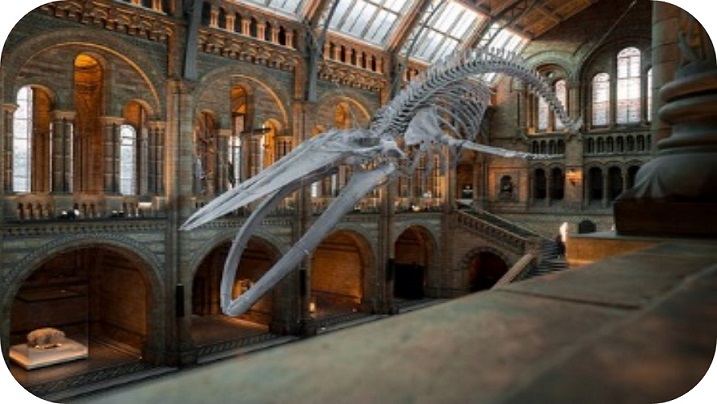Ibero-American Virtual Museums in Spanish as contexts for the teaching and learning of science

Downloads
- PDF (Español (España)) 1802
- EPUB (Español (España)) 105
- VISOR (Español (España))
- MÓVIL (Español (España))
DOI
https://doi.org/10.25267/Rev_Eureka_ensen_divulg_cienc.2020.v17.i1.1301Info
Abstract
Los museos de ciencias (MC) tienen la misión de contribuir a que la ciencia se incorpore a la cultura general de la sociedad. Su colaboración con las escuelas supone incrementar las oportunidades para aprender ciencias tanto para docentes como para los alumnos. En los últimos años, los museos se han involucrado en el mundo informático, dando lugar a la existencia de museos virtuales que ofrecen experiencias educativas significativas sin necesidad de acudir al espacio físico de los mismos. En este contexto, se caracterizaron museos virtuales iberoamericanos en español como contextos para la enseñanza y el aprendizaje de las ciencias naturales. Se procedió a realizar un análisis de contenido de 28 museos a través de tres dimensiones: TIC, Didáctica y Ciencia. A partir de los resultados obtenidos se puede concluir que la mayoría de los museos virtuales analizados evidenciaron un gran avance en la dimensión “TIC” pero es necesario aumentar su interactividad. Con respecto a la dimensión “Didáctica” es importante que los museos virtuales incorporen recursos que aborden tanto contenidos conceptuales como procedimentales y actitudinales. En lo que atañe a la dimensión “Ciencia” es relevante que los museos brinden una visión de ciencia aplicada que contemple la historicidad del conocimiento. Se recomienda que los docentes seleccionen aquellos escenarios de aprendizaje que posean características superadoras en las dimensiones de análisis estudiadas, aprovechen las redes sociales de los museos y construyan actividades específicas que den sentido al trabajo áulico con un determinado museo virtual.
Palabras clave: Museos virtuales, TIC, Didáctica, Ciencia, Escuela.
Ibero-American Virtual Museums in Spanish as contexts for the teaching and learning of science
Abstract: The mission of science museums is to contribute to the incorporation of science in the general culture of society. Their collaboration with schools entails increasing opportunities for both teachers and students to learn science. In recent years, museums have got involved in the IT world; resulting in the existence of virtual museums that offer meaningful educational experiences without having to physically go to their premises. In this way, Ibero-American Virtual Museums in Spanish have been characterised as contexts for the teaching and learning of science. A content analysis of 28 museums was carried out considering three dimensions: ICT, Didactics and Science. According to the obtained results, it may be concluded that most of the virtual museums show important progress in the ‘ICT’ dimension but interactivity needs to be improved. As regards the ‘Didactics’ dimension, it is important that the virtual museums include resources that deal not only with conceptual but also with procedural and attitudinal content. In relation to “Science” dimension, it is relevant to provide a vision of applied science which takes the historicity of knowledge into consideration. It is recommended that teachers choose the learning scenarios which have the best characteristics concerning the studied dimensions, that they exploit the social media of the museums and that they develop specific activities which are meaningful to the classroom practices around a specific virtual museum.
Keywords: Virtual Museums, ICT, Didactics, Science, School.
Keywords
Downloads
How to Cite
License
Copyright (c) 2019 Los/as autores/as pueden mantener el copyright, concediendo a la revista el derecho de primera publicación. Alternativamente, las/os autoras/es puede transferir el copyright a la revista, la cual permitirá a las/os autoras/es el uso no-comercial del trabajo, incluyendo el derecho a colocarlo en un archivo de acceso libre. Además, se puede consultar Creative Commons sobre licencias de copyright flexibles.

This work is licensed under a Creative Commons Attribution-NonCommercial-NoDerivatives 4.0 International License.
Require authors to agree to Copyright Notice as part of the submission process. This allow the / o authors / is non-commercial use of the work, including the right to place it in an open access archive. In addition, Creative Commons is available on flexible copyright licenses (Creative Commons).

Reconocimiento-NoComercial
CC BY-NC





